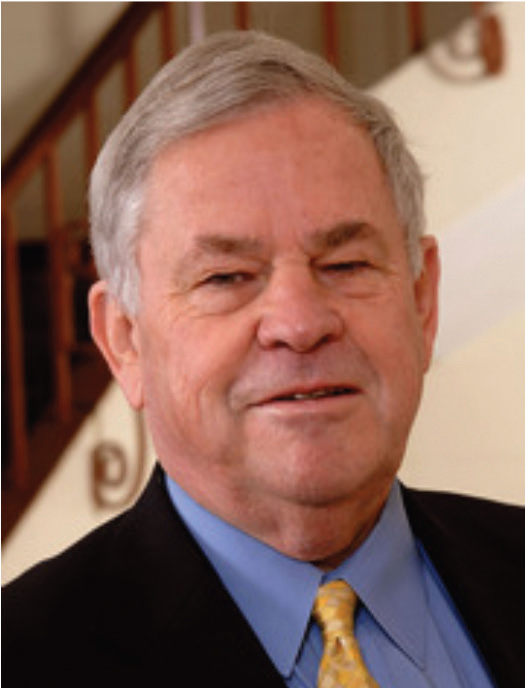
The outstanding technological advances that form our environment are based largely upon information science. James and his friends are in constant contact electronically as I guess you are with your colleagues. Information communication technology revolutionises teaching and learning: Who knows where massive open online courses (MOOCs) will lead us? And it has been a revolution.
Imagine this: When I moved from Newcastle University to the gigantic Westmead Hospital in 1986, I asked for a fax machine for our Department of Community Medicine that I was then to direct. The hospital authorities questioned my request because, they said, “there is already a fax in the hospital.” Debate was occurring as to whether a big central computer was the way to go or whether we would support desktops. Now the paperless hospital is upon us. This was not many years ago: in functional terms it feels like a century.
This new electronically-informed and supported environment has its problems, one of them being information overload. This year, The Medical Journal of Australia is celebrating its centenary and in defining its future we must take into account the avalanche of information, comprised of original studies, syntheses, synopses (Cochrane Reviews) and computerised decision support systems. The sheer volume of information means that new skills are needed to navigate through, and around, the avalanche in search of signs of life. Journals such as yours and ours must respond. As I wrote in the centenary editorial, the amount of information we generate each day is stupendous:
Given the exponential rate of electronic evolution, Eric Schmidt, executive chairman of Google, claimed that humans now create as much information every 48 hours as we made from the dawn of civilisation to 2003 – that’s 5 exabytes of data, or five billion gigabytes, in 2 days.
Where can we go for help? We must learn from radio astronomers who have wrestled with massive data sets and also from the stupendous advances occurring in the management of big data by enterprises such as Google. Big data can yield astonishing results, reducing the need for sampling when conducting population studies, providing rapid answers to questions about infectious disease transmission and providing early warning of epidemics, for example. We will find our way, I am confident, but we will need to be active searchers.
J. Craig Venter, the leader of the private enterprise team that sequenced the human genome in parallel with Francis Collins and the publicly-funded team in 2001, has not slowed down and heads a major biotech company and institute in La Jolla, California. He depends heavily on ICT and sees the future of medical research to be completely intertwined with the future of information technology.
It is now possible, he has shown, to sequence the complete genome of a bacterium or fungus, reduce it to binary code, transmit it at the speed of light to another laboratory and synthesise a new genome from the data, insert it into a life form from which the genetic material has been removed and bingo! You have regenerated life. Hence the title of his recent book, Life at the Speed of Light.
Mars, Venter claims, has swapped lots of material with earth over the past millions of years, in the form of meteorites, and he reasons that life on the two planets may well have a common origin. He has a dramatic imagination. Here he promotes an idea that may become a reality during your lifetime.
Venter asks us to consider sending a rover to Mars capable of drilling to reach deep subterranean lakes. If analysis of the water yields a life form that contains genetic material, the rover, which is fitted with a genetic sequencer, would translate the genome into binary code and radio it back to Earth where the Martian bacterium, or whatever, would then be synthesised.
Think for a moment where you are with regard to the unravelling of dark medical mysteries such as dementia – you are so much further ahead than I was at your age and possess so much more scientific power to progress a positive, health-promoting agenda.
As singer Paul Simon says in his 1986 song, The Boy in the Bubble, “These are the days of miracle and wonder!” Old frontiers in medicine have disappeared; new horizons beckon. You are entering a fabulously exciting world. Make certain you document your progress and publish it – in your journal or ours!

